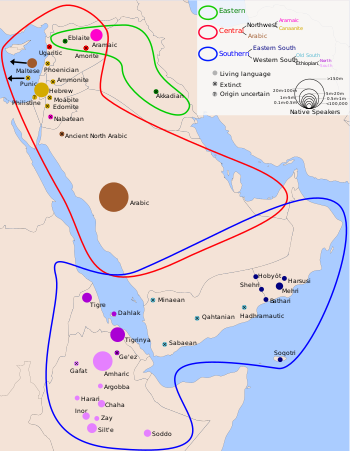 By Jean F. Andrews
By Jean F. Andrews
http://www.gettyimages.com/detail/106522129
In his book, Literacy, Culture, and Development : Becoming Literate in Morocco, Professor Daniel Wagner (1993) describes the complex language learning contact situation of hearing boys and girls in Morocco. Deaf children are no different. They too are born into a complex language contact situation where their hearing families speak one of several Moroccan Arabic and Berber spoken languages. Then when they go to school they learn Moroccan Sign Language (MSL), Modern Standard Arabic, and French. So, they learn several languages as well as 2 scripts–Arabic alphabet and the Roman alphabet.

A flag of for the Arabic language, including the four Pan-Arab colors. Note: This is the 1917 Arab revolt / Hashemite dynasty flag.(Photo credit: Wikipedia)
While literacy is a priority, a first step is to get these children into classrooms as about 85 percent of deaf children in Morocco do not go to school, according to research by Dr. Corinne Vinopol at IDRT (Institute for Research and Development). They are a private company that is developing bilingual software in MSL and Arabic for teachers, in collaboration with international organizations and agencies within the Moroccan government. Deaf adults from Morocco and the US are also included as collaborators. One important outcome of Dr. Vinopol’s project is to assist education officials in identifying these deaf children through child counts to get them services.
In learning about Moroccan deaf children’s language learning experiences, we can see that professionals in the United States often oversimplify American Deaf children’s language learning abilities into two separate boxes – sign language and/or spoken language. In reality, American deaf children too, are born into a complex language contact situation as they come from homes where dialects such as Tex-Mex, Black English, Southern dialect, New England dialect or the likes are used or they are born into immigrant families who speak other languages as well. They will often combine and blend their sign languages and spoken languages depending on who they are talking to.
Clearly, we underestimate the ability of the deaf brain – no matter what language is spoken at home – to become multilingual, bimodal and biscriptal. In a study with adult Deaf multilinguals from China and Singapore, we found just that. Adult Deaf individuals such as Hong and Jay learned multiple languages–both spoken and signed as well as two scripts–Chinese and English– when they were provided exposure to the languages and scripts and opportunities to use them. With early and appropriate education, Moroccan – and American – Deaf children can also learn multiple languages and scripts.
Sources:
Wagner, D. (1993). Literacy, Culture, and Development : Becoming Literate in Morocco, New York:
Cambridge University Press.
Jean F. Andrews is a Distinguished Professor emeritus of Deaf Studies and Deaf Education at Lamar University.






leearango123